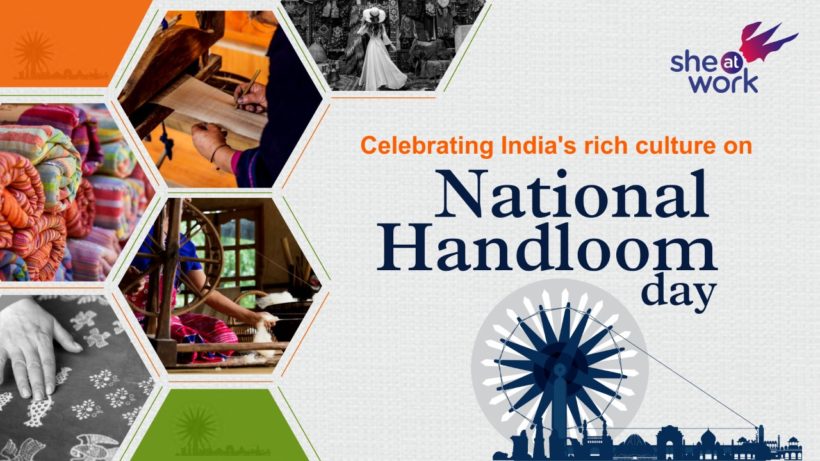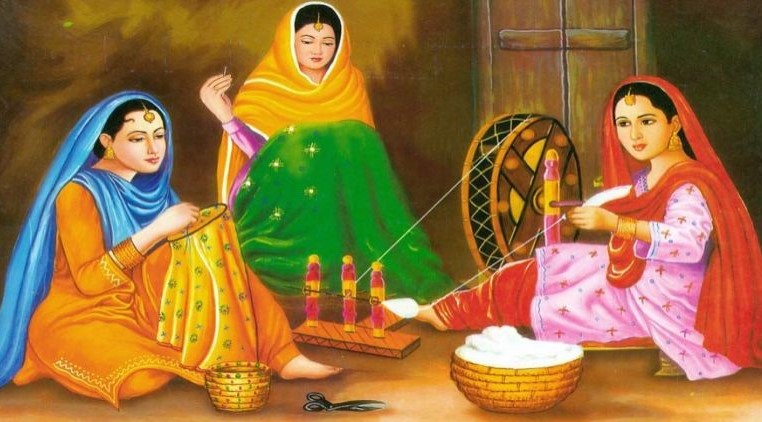Our country’s rich cultural heritage comes to mind on as we step into National Handloom Day on August 7, 2022.
Tracing back in times, we can go back to the Swadeshi Movement which was launched on 7th August, 1905. The aim was to encourage indigenous industries, especially handloom weavers. In 2015, the Government of India decided to set aside 7 th August every year, as the National Handloom Day. Incidentally, the first National Handloom Day was inaugurated on 7 August 2015 by Prime Minister Narendra Modi in Chennai.
Highlighting Our Country’s Rich Heritage
The handloom sector is a symbol of our country’s rich cultural heritage; and it is also an important source of livelihood in rural and semi-rural regions of our country. It is also a sector that addresses women’s empowerment (with over 70% of all weavers and allied workers being female).
On this day, we honour our handloom-weaving community; and we also put the spotlight on the contribution of this sector to the socio-economic development of our country. So, we need to take a pledge to protect our handloom heritage and to empower the handloom weavers and workers financially and to instill pride in their exquisite unique, remarkable craftsmanship.
Handloom and Arts & Crafts: a True Indian Legacy
This year it marks the 8th commemoration of National Handloom Day. And, the main focus will be raising the income of Indian weavers. Weaving is an aesthetic, intricate art passed on from generations taking forward India’s cultural heritage, legacy, and empowering the lives and economy of the country.
Talking of handlooms, arts and crafts, one name comes to mind – Usha Jha, Founder, Petal Craft. She represents the face of Madhubani art today. Her entrepreneurial journey has taken her from creating her own identity to financially empowering women too. She started producing Mithilanchal art (Madhubani as it’s also called) and from the walls, and the art came to life on sarees, cloth, and paper. It is an immensely inspiring story for women who wish to achieve ‘equality’ in the society. She persists to work with rural women and promote the arts and crafts of Bihar. As she says, her “purpose is twofold – keeping our culture alive in the forms of various arts and crafts and also helping rural women to step out and become ‘Atma Nirbhar’.”
Should women entrepreneurs help in empowering artisans and weavers across India? The answer is a definite “Yes”. Like Usha Jha, today women entrepreneurs are helping weavers and artisans across India to preserve ancient and traditional handicrafts and also to earn a livelihood.
Here’s hoping that women entrepreneurs working in the handloom, arts and crafts field move ahead and reach out to prosperity!










